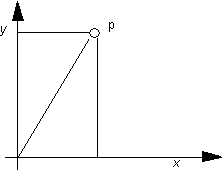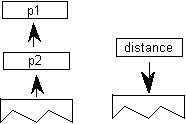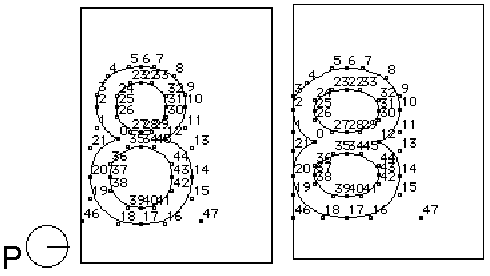
Code Range | 0x46 - 0x47 |
a | 0: use current position of point p |
1: use the position of point p in the original outline | |
Pops | p: point number (ULONG) |
Pushes | value: coordinate location (F26Dot6) |
Uses | zp2, projection_vector |


Code Range | 0x48 |
Pops | value: distance from origin to move point (F26Dot6) |
p: point number (ULONG) | |
Pushes | – |
Uses | zp2, freedom_vector, projection_vector |

Code Range | 0x49 - 0x4A |
a | 0: measure distance in grid-fitted outline |
1: measure distance in original outline | |
Pops | p1: point number (ULONG) |
p2: point number (ULONG) | |
Pushes | distance (F26Dot6) |
Uses | zp1 with point p1, zp0 with point p2, projection_vector |



Code Range | 0x4B |
Pops | – |
Pushes | ppem: pixels per em (ULONG) |

Code Range | 0x4C |
Pops | – |
Pushes | pointSize: the size in points of the current glyph (F26Dot6) |

